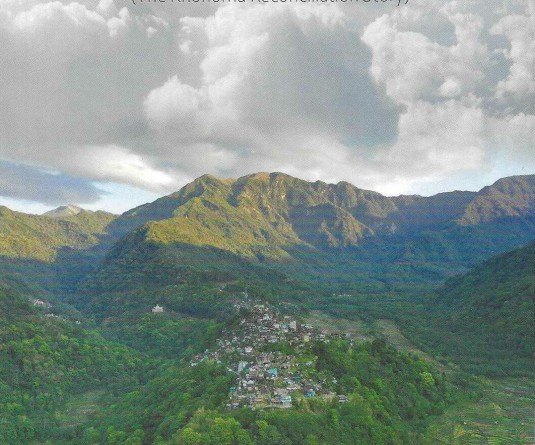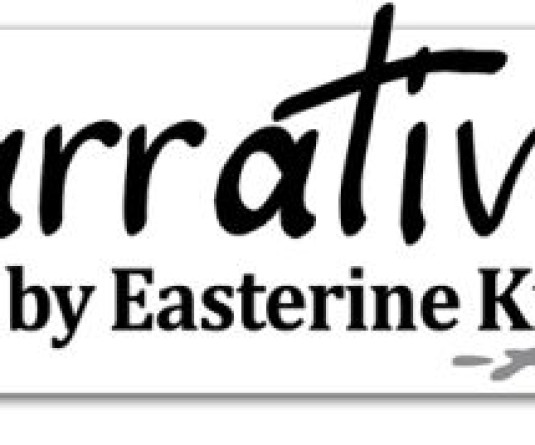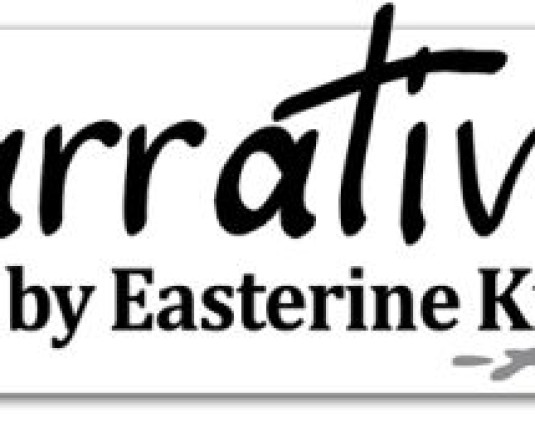
This can be sung to the tune of Abba’s ‘Loving you Loving me aha.’
Panel discussions, digital meetings and such are underway again. Amusing to see what current topic can be latched onto literary interpretations for a few erudite minds to discuss and disseminate further. I remember a non-digital festival where I was on a panel with two others. One of our friends did not show up, ill health being the most probable reason. At the last moment, a writer from our neighbouring state was invited to join us. And oh boy did he use up that invitation. None of us got to speak for more than a minute or a half minute. The rest of the time our last minute speaker clung to the microphone as though it was a life support machine. The moderator tried her best to steer the other participants into the conversation, but the said writer would not share time with the others. Finally, it came to a close after he had purveyed much personal information as well into the bargain. It was all about how he felt and how he reacted and how he was affected by whatever was going on at that time. I suspect some people are in desperate need of this form of self-expression that they cannot help but grab such opportunities. Well bless them too anyway.
Can we stay smart about our history?
Kohima is better known internationally as the turning point of one of the most desperate battles of the II World War known as the Burma Campaign. There are many historical points in the Kohima landscape that have been deciding points of the battle.
Our roads received new names some time ago, which was all very well as it was a tribute to Kohima’s venerable citizens from an earlier age who created history. However, many taxi drivers have no clue where these roads are if one experimentally gives directions by asking to be driven to Jasokie road, for example. It is a situation begging for a lot of orientation courses for users if we want to start using these road names. Leaving that aside, yesterday’s taxi wala did not even know where Supermarket or UBC was!
However, as a town of historical interest, we could possibly consider, additionally, having signboards or simply display boards with the former names and a bit of text on their significance, the objective being to educate visitors as well as the general public. Who knows that the Raj Bhavan hill was formerly called Garrison Hill? That all the trees were bombed out of extinction during the battle for Kohima? It led a veteran of the war to title his book, ‘The Trees are All Young on Garrison Hill.’ Whatever trees are found there now, were planted after the war. The present DC’s bungalow which has become Heritage hotel, was a significant point known as Detail Hill. The IGH or Indian General Hospital has not changed location. The IGH became the Naga hospital as we know it today. Supply Hill was the Indoor stadium, and the DC’s office was Treasury Hill.
TCP gate has retained its former name, but moved location. The former TCP gate, or Traffic Control Point, used to be at Ser’s Bazar, and the gate was sited below the 2nd Division Memorial. As an aside, I was told that the present TCP gate is also referred to as Tipsy gate by travellers taking the last bus to a certain part of Kohima district.
GPT Ridge was the water supply point for the British troops during the siege of Kohima. It was overrun by the Japanese early on in the war. GPT Ridge is the Japfü hotel area. Kuki Picquet is just above the war tank. Wikipedia says that on the night of 17th and 18th April, the Japanese captured Kuki Picquet. The garrison was divided into two by this Japanese victory. The terrain today is not much changed from the days of the battle.
There is a sizeable chunk of history attached to all these places and by setting up a display board beside each spot showing the wartime name and providing a bit of information, a lovely way of learning local history would emerge. Think of the benefit to school and college students who could be inspired to learn their history by seeing the battle sites around them. Our children would better understand the significance of building a beautiful Cathedral in a place remembered by war veterans as a place of despair, great losses and death. The cathedral is a symbol of peace and powerfully conveys the message of abiding love. All these can be tied together as the various points of historical interest are highlighted and preserved by the relevant authority which is probably the people behind Smart city.
(Notes: Oral source: Atuo Mezhür)






